THE HIDDEN
HUNGER - PHASE 1
The Hidden hunger is a multi-phase investigation of food insecurity faced by a significant portion of students at ArtCenter College of Design. It investigates the complex problem using ethnographic, qualitative, and empirical research methods.
Los Angeles, 2017
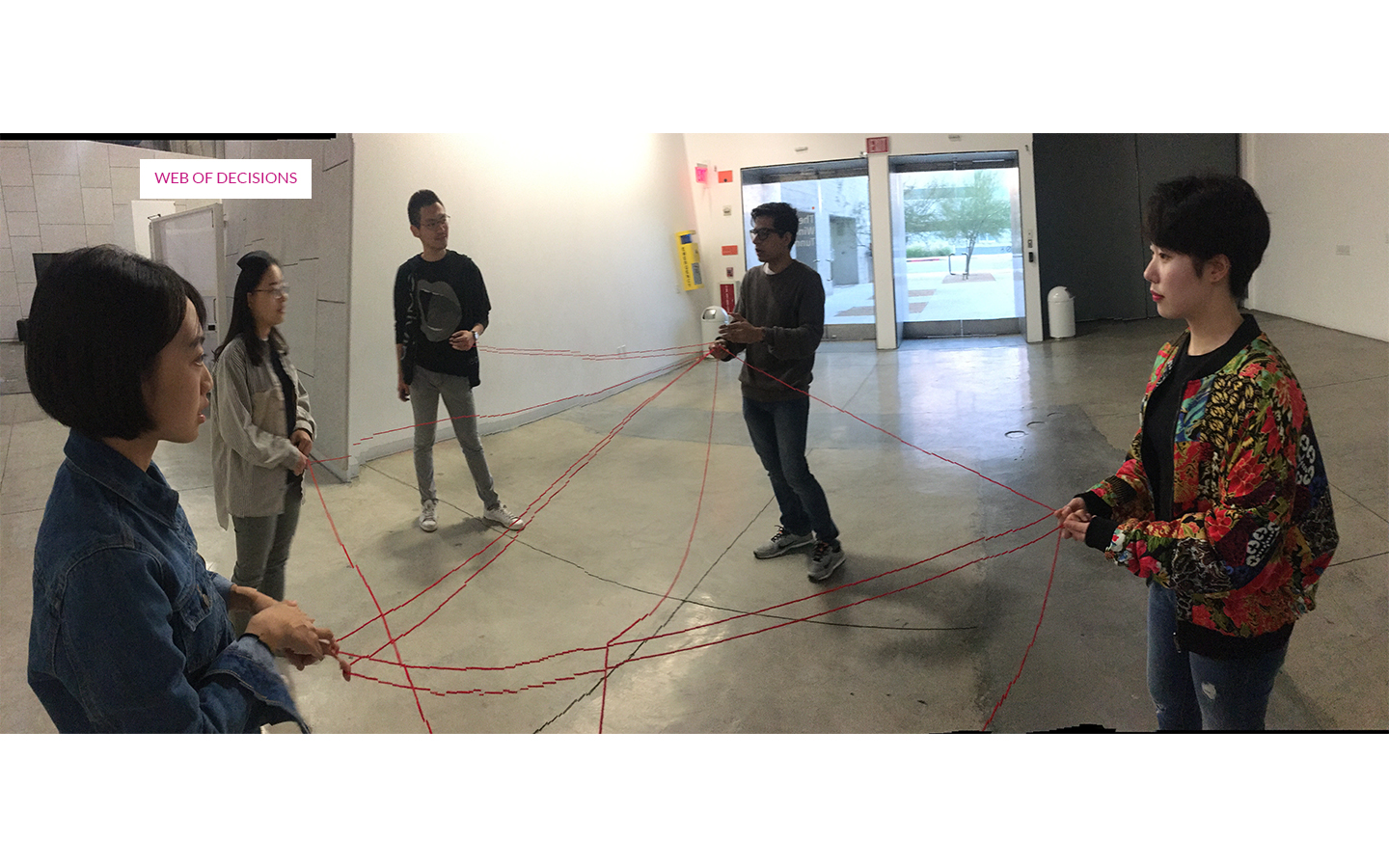
Investigation Tool 1/4
INTERVIEWS
Conversation based informal interviews were conducted to figure out what ‘options’ do students have on campus which effects their hunger. Also, to understand how it intertwines with other aspects being an international student, native, vegans, non-vegetarians, owns a vehicle, age group etc.
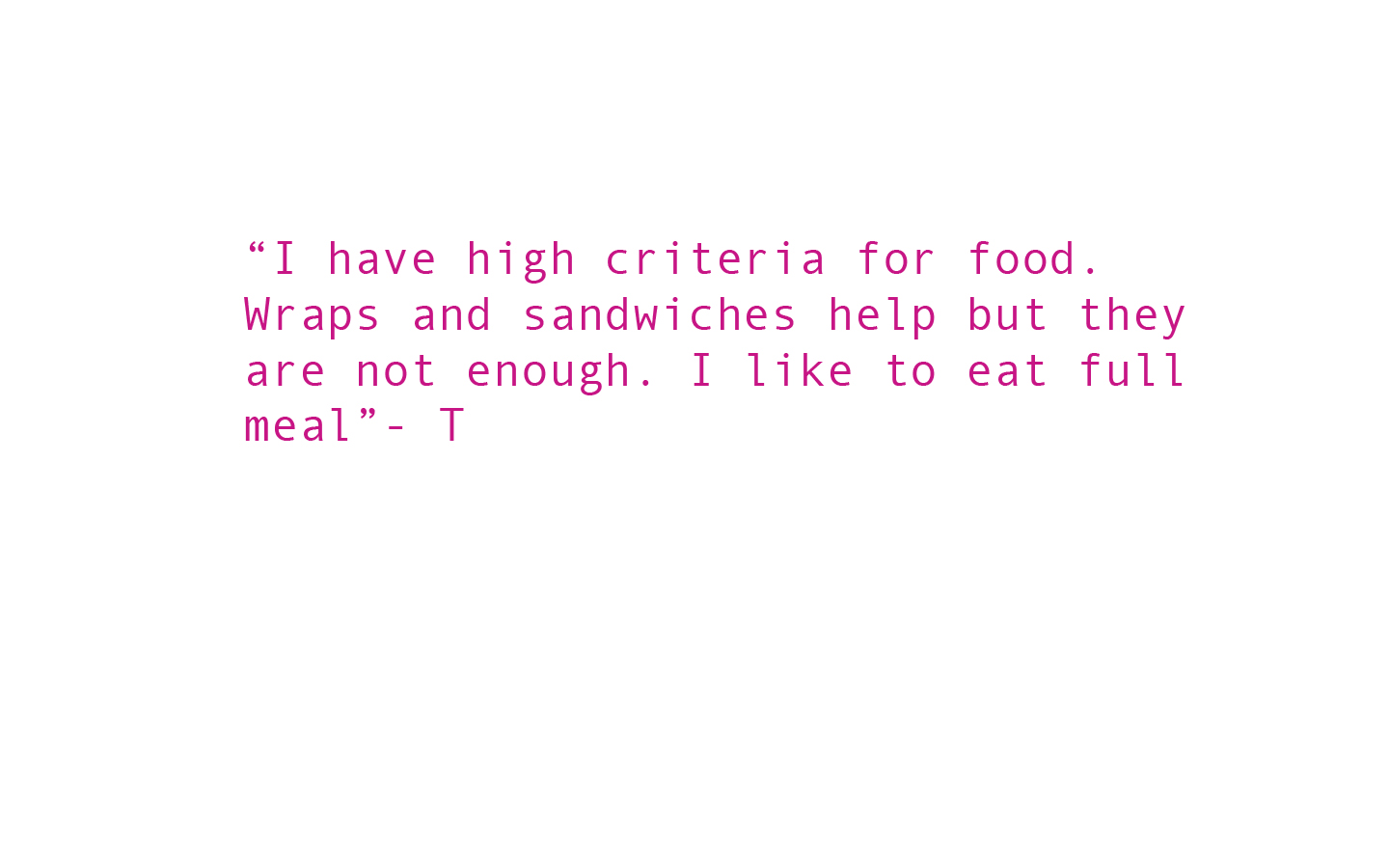
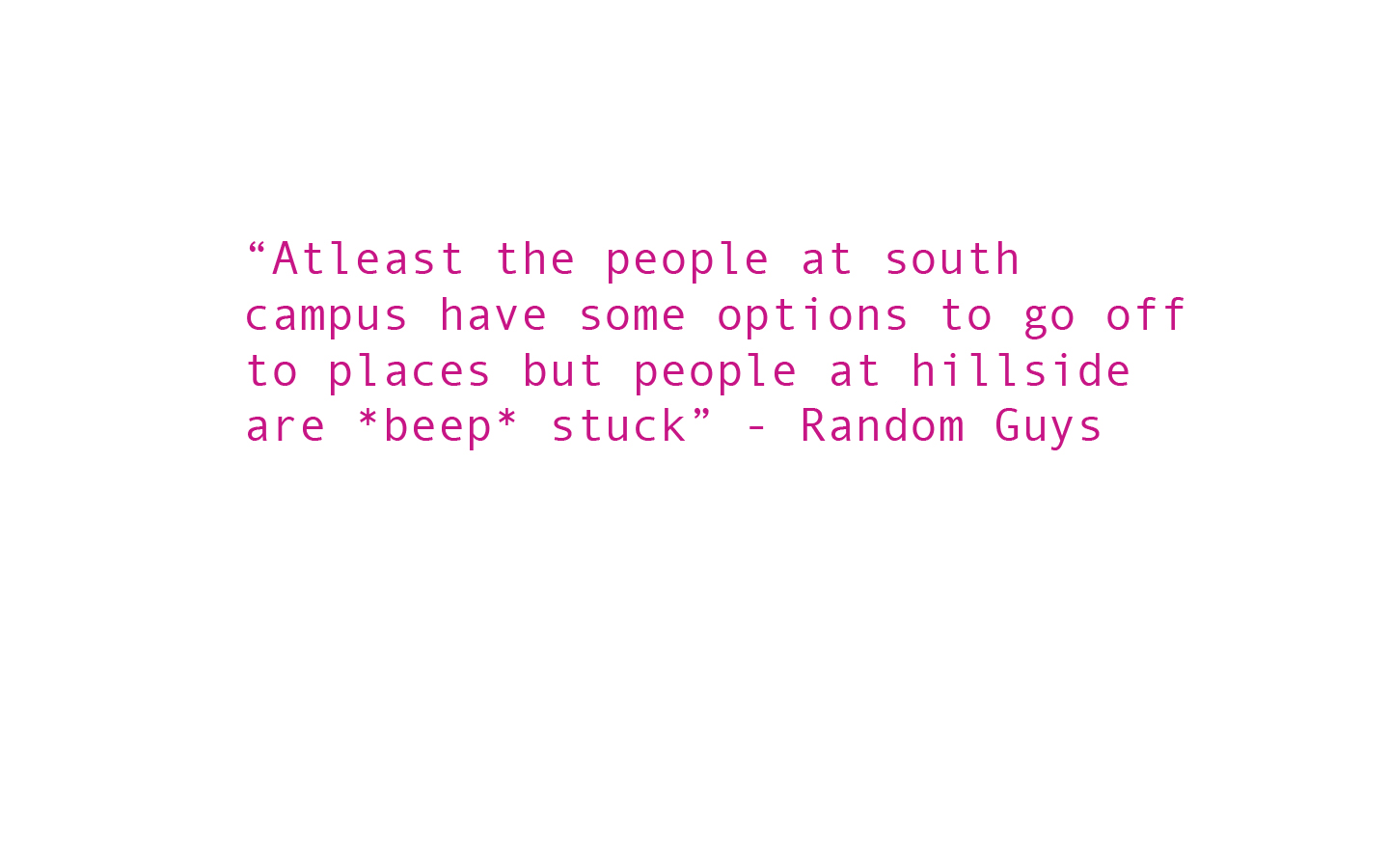

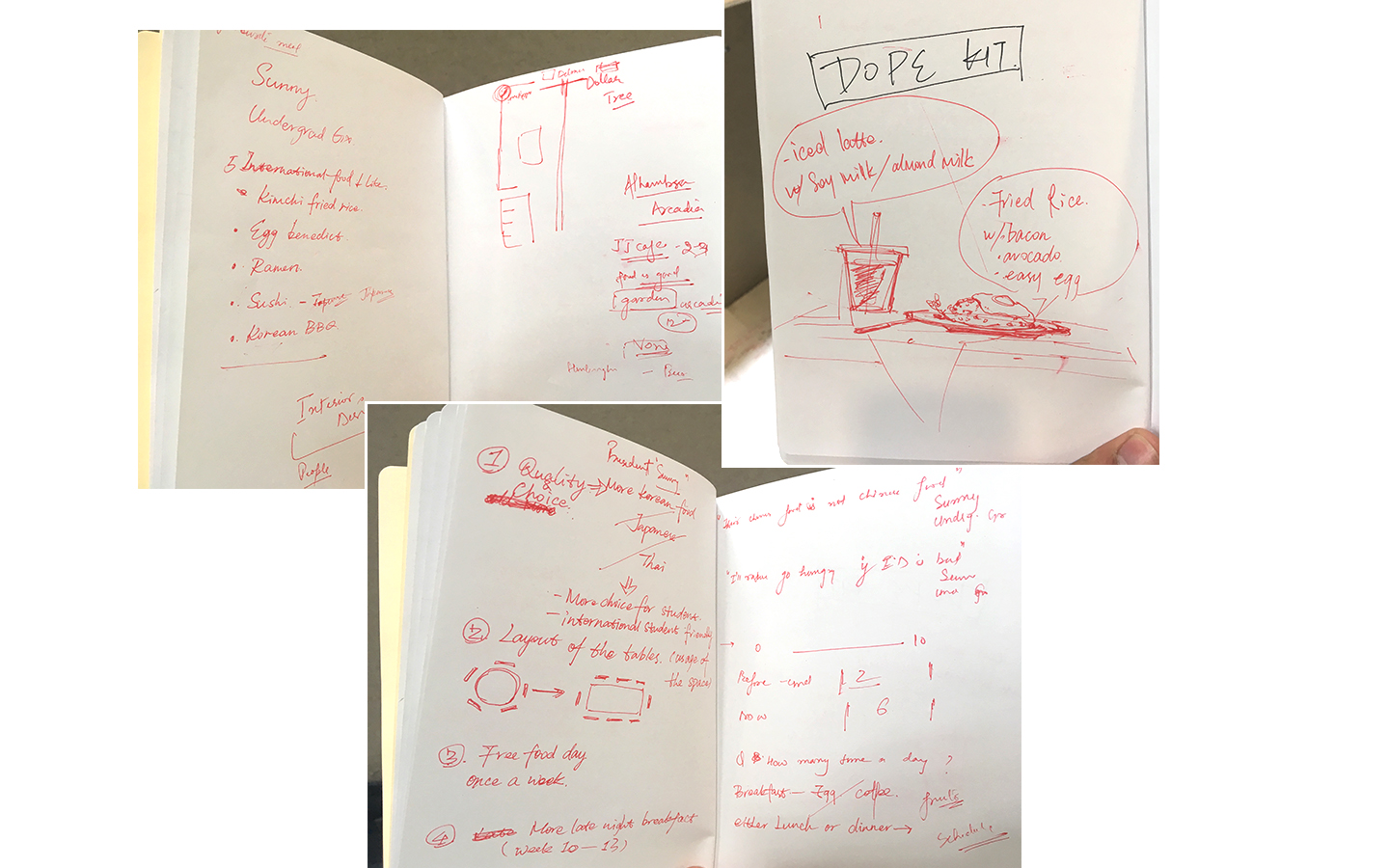
Investigation Tool 2/4
ONLY OPTION DICE GAME
The board game focuses on the underlying question of how does a person makes an immediate decision to satisfy their hunger navigating through life at campus.
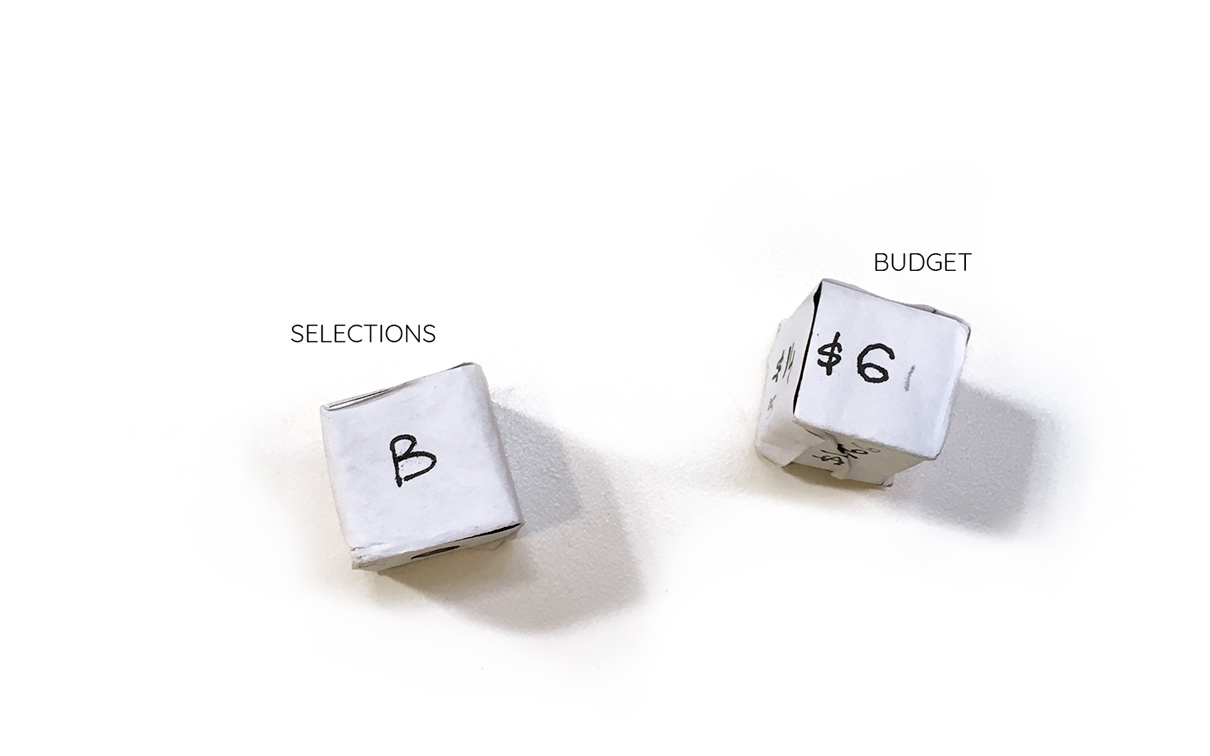
How does a person decides what to do when they are feeling hungry but going through an unexpected life situations?
It allows the player to choose their campus location, time of the day, budget, and class schedule using money and numerical dices. Once, the player has reached that point they choose an hypothetical everyday realistic event from a list and talk about what they will do in that given situation.
Note: These events may occur in a student's life, such as latenight class, low on cash, flat tire, deadlines, etc.
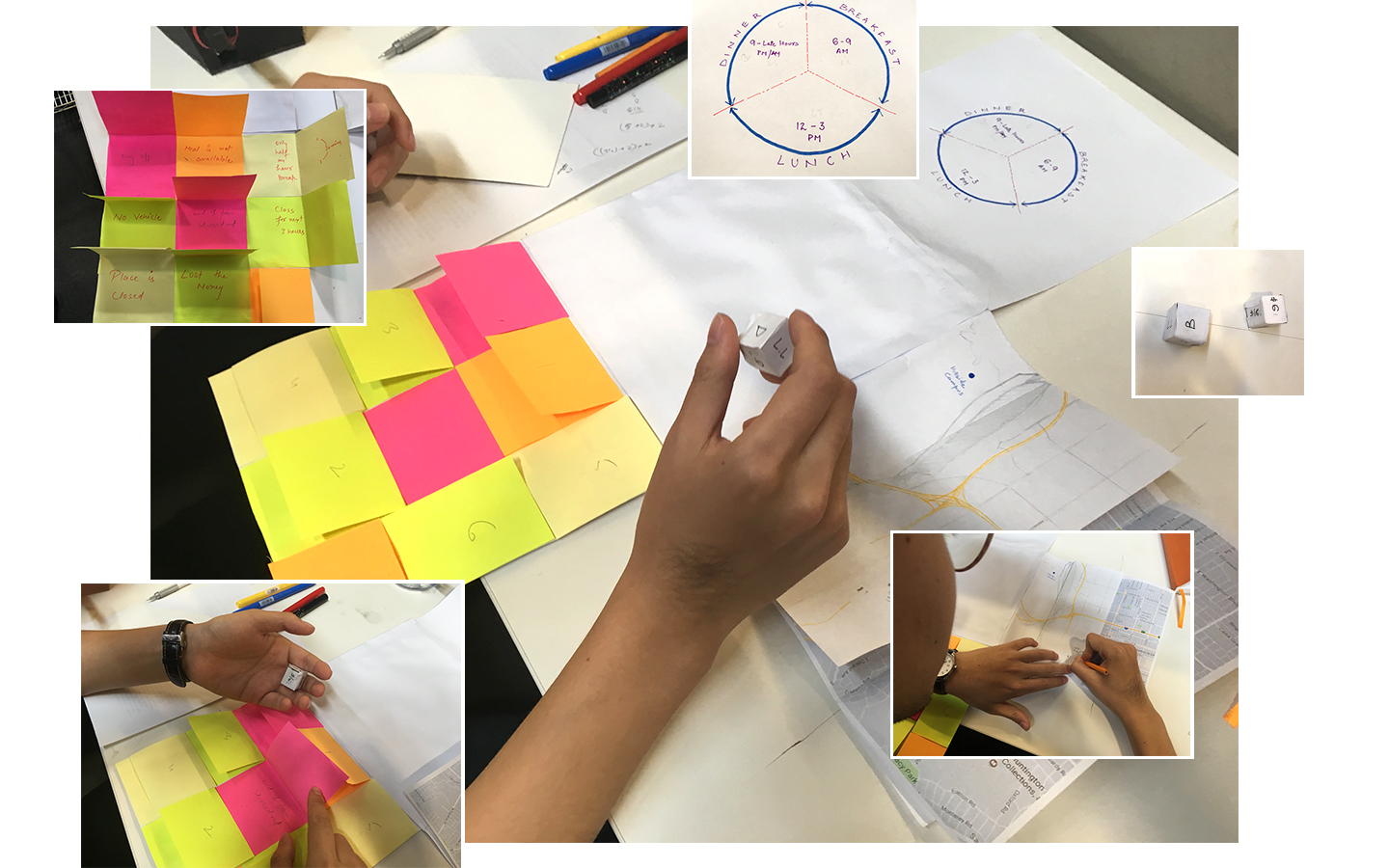
Learnings
- Students tends to prioritize work over food.
- Everyday is a ‘new’ struggle to decide what to eat.
- Cope-in with momentary hunger and eating food daily are different layers of food insecurity.
- The food available at the campus didn't have good reviews and also lacked variety, so they student tends to eat outside.

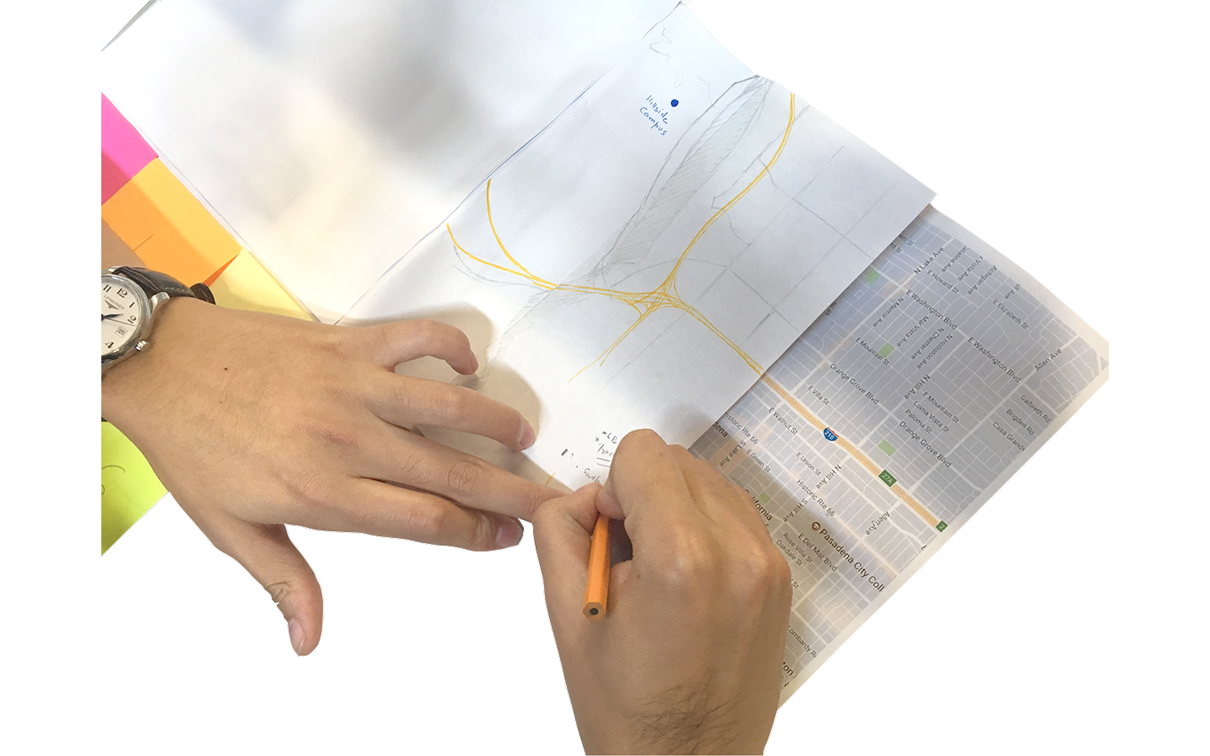
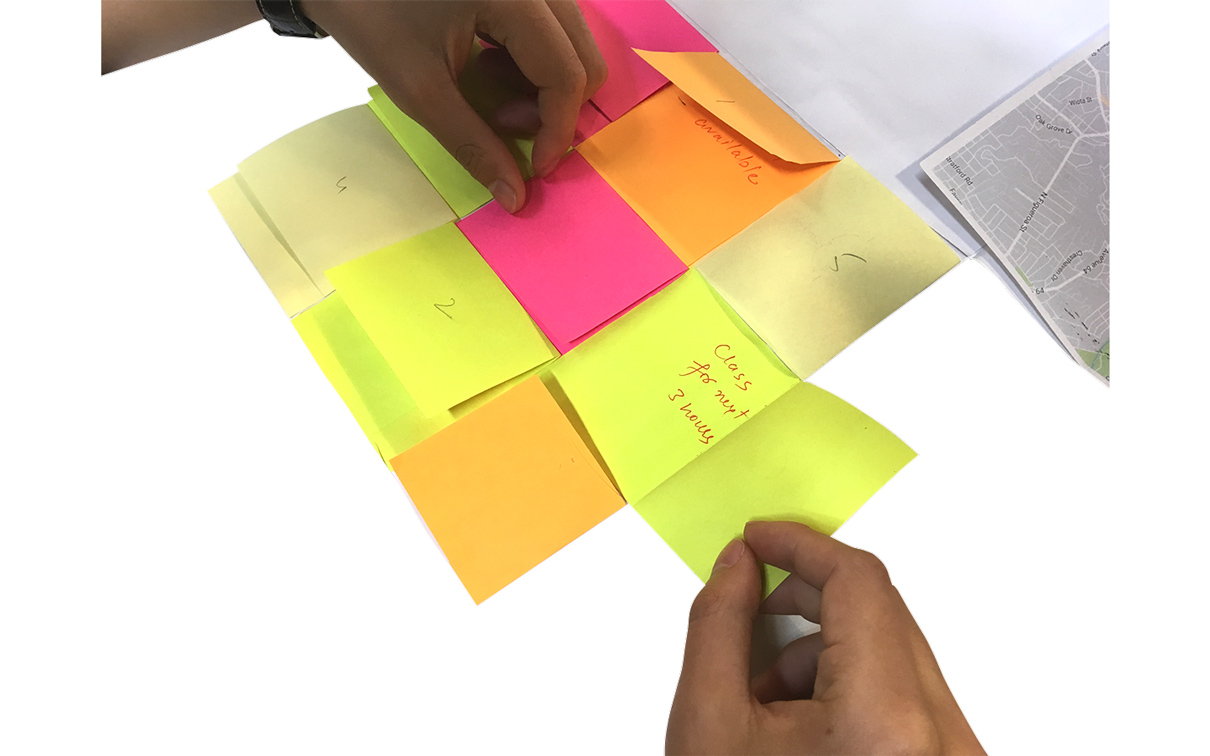
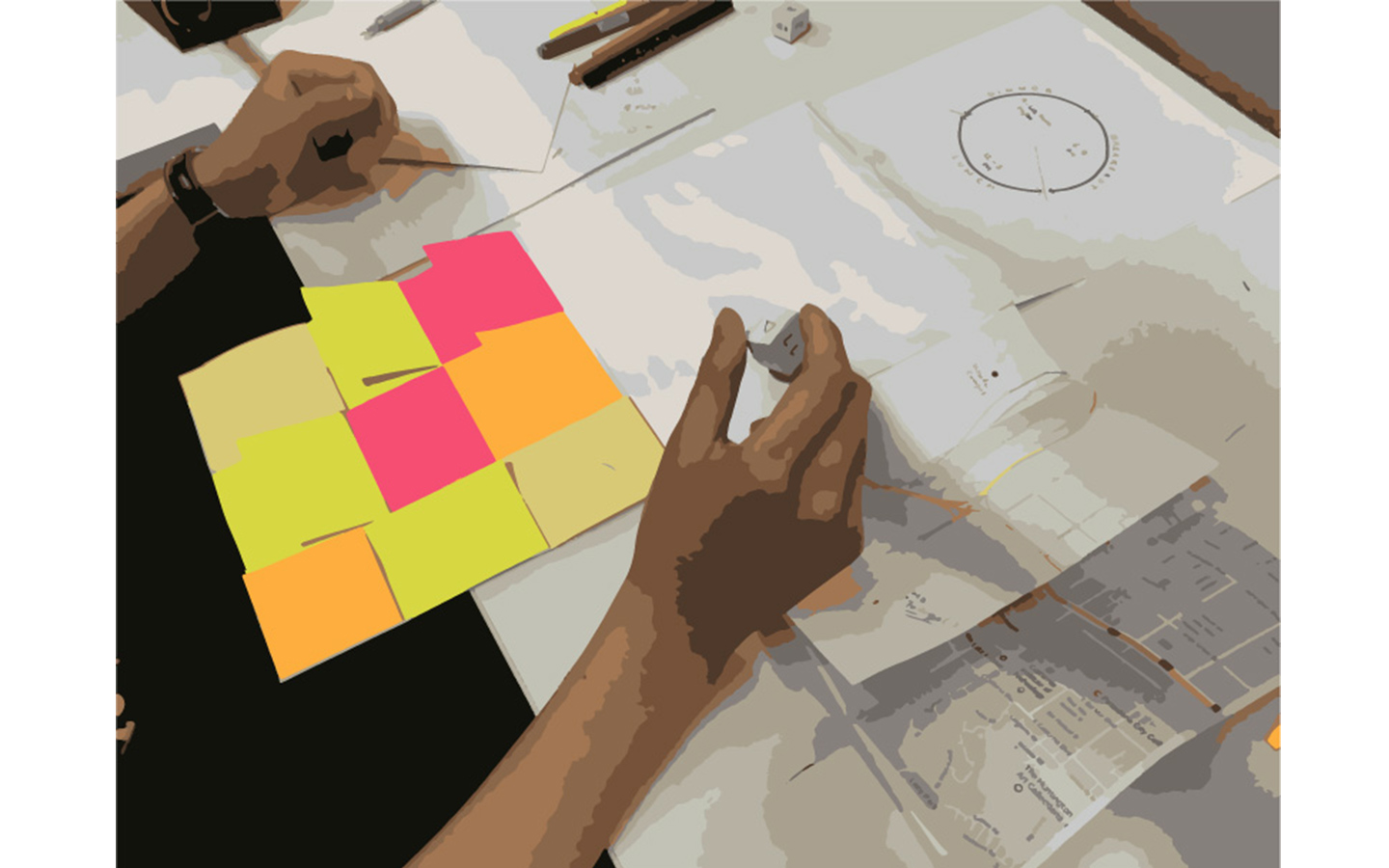
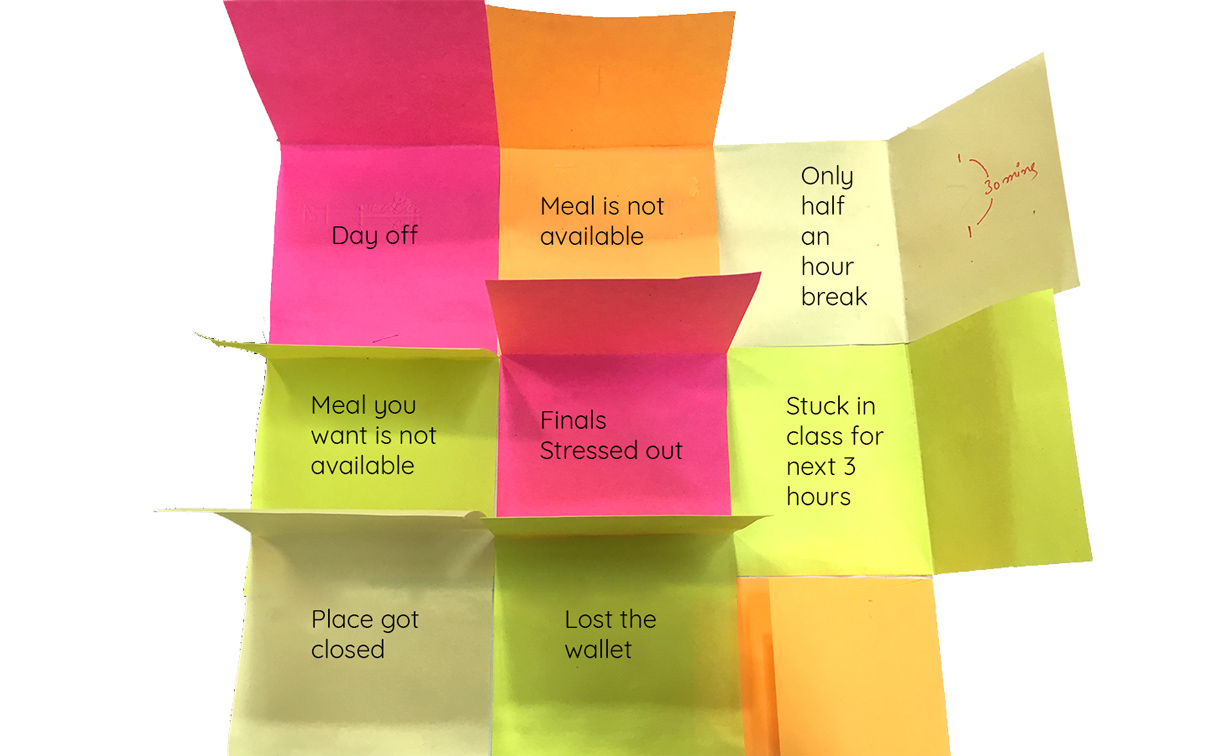
Steps to play
- Roll the dice to select the time the day. Describe what you usually eat at that time of the day.
- Mark the place on the map where you usuallty go to eat depending in which campus you are in.
- Roll the ‘budget dice’ ranging from $6 to $16. Now talk about what you will do with that budget and in that time of the day.
Note: The budget range is set approximately to an affordable lunch price.
- Roll the numerical dice again. According to the number on the dice, open up one of the prompt and ask the player what will they do in that situation and budget.
Note: Support the conversation by also providing your own experiences.
Repeat step 4 until all the prompts are open and the player talked about them.
Facillitator Note: Let them share, have an open and focused conversation even if it extends a little.
Investigation Tool 3/4
VENDING MACHINE SERVEILLANCE
This quantitative method investigates the existing power dynamic played out by the food station at the south campus. It documents the availability of different food items via daily and periodic servielience for around 10 days at different times of the day. It observes what kind of food is currently available to students and what do they actually like to eat and buy.
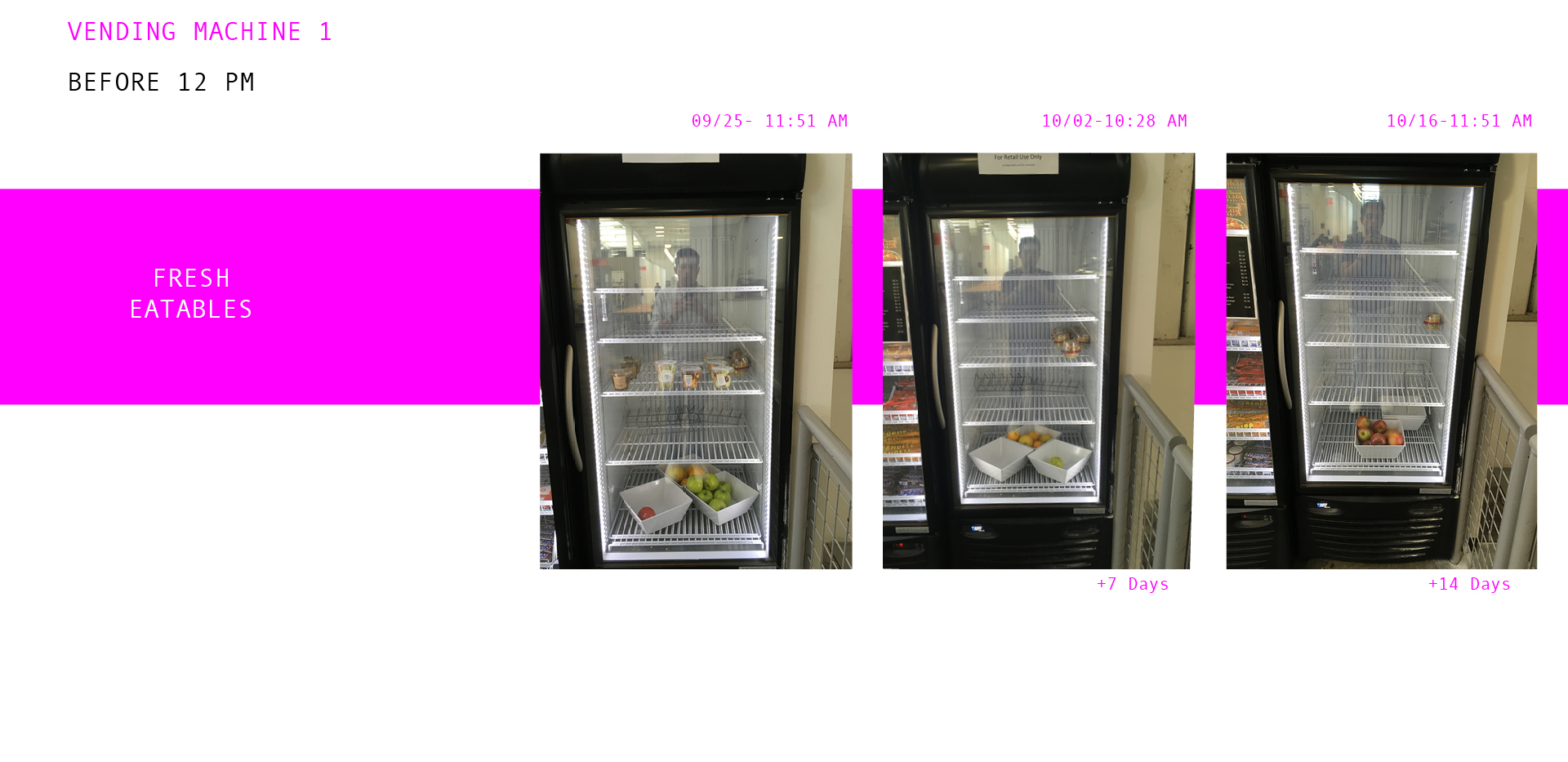


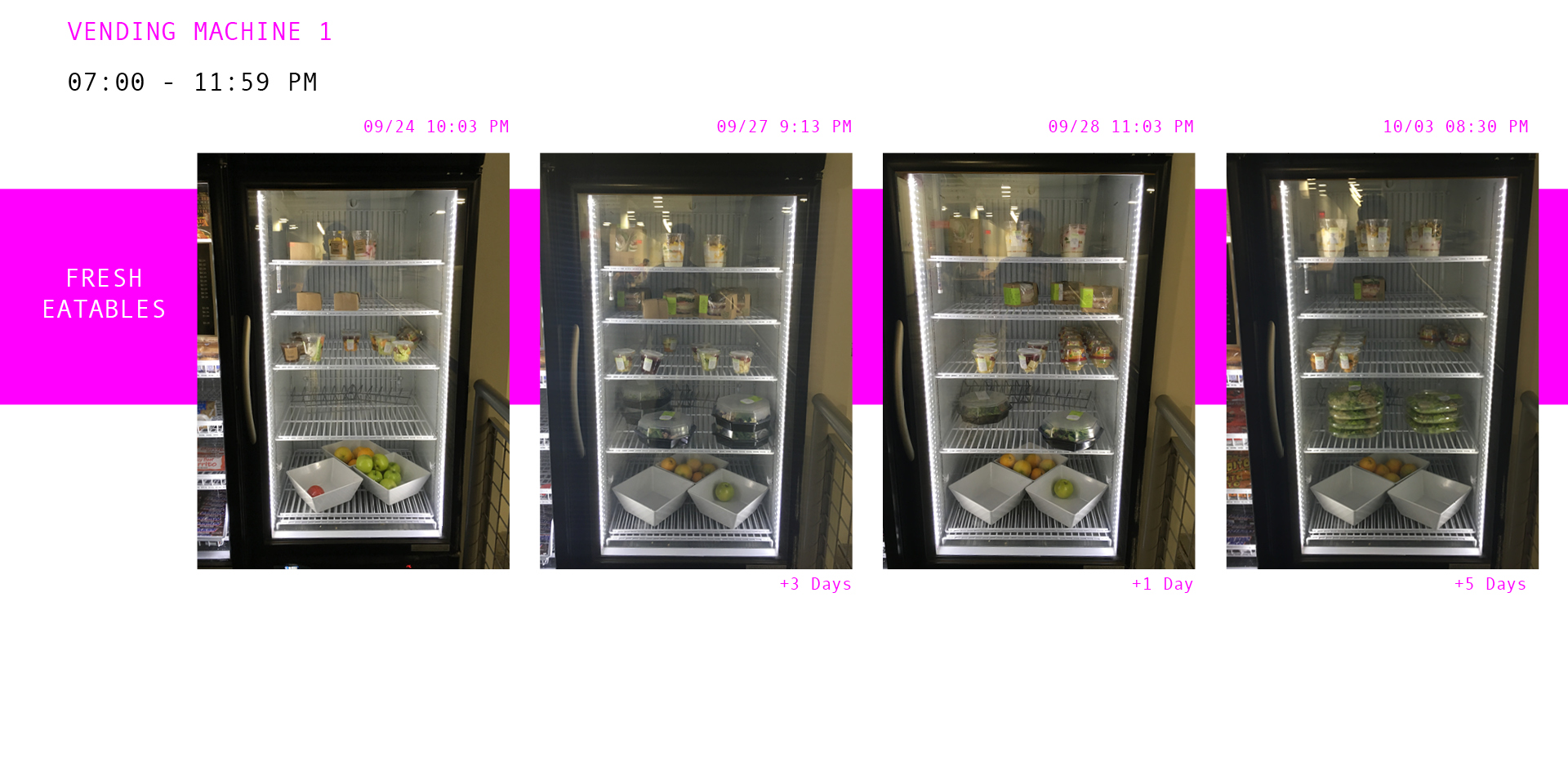
Learnings
- By evening, the fresh food starts to reduce, drinks and frozen food stays in ample quantity, and the snack counter is kind of untouched. At this rate, there is less favourable fresh food available for students working till evening and late night students.
- Items get refilled, once a day, around 2 PM.
- Also, there is no feedback mechanism to know if the student like the food item or not.
-
The space has become isolated and less social after the vending machines and cameras replaced the human interaction that used to be with a person few years back.
- Furthermore, the surveillance makes it a conscious area, so it would be interesting to understand how these technological factors effect a social space.




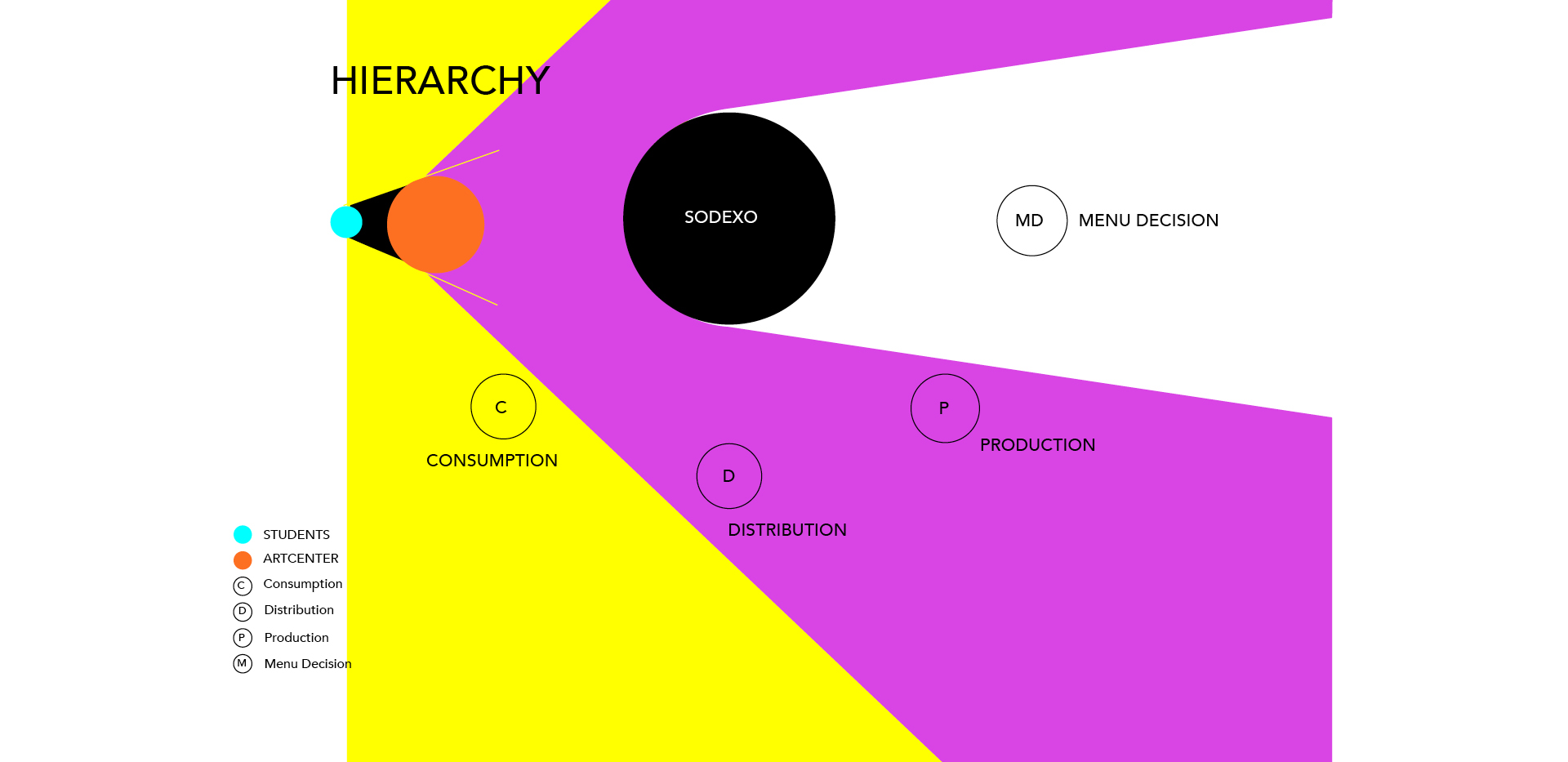
INSIGHTS
I came up with a rough model of power dynamic and transparency among different actors that deal with food consumption, availabilty and its management around the campus.
The primary consumer ‘student’ has the least amount of stake or control when it comes to choice of food. This leads to an pre-assumed and profit-based decision making that directly affects the students
To open up the discussion more and narrow down the issue. I contacted the Artcenter food department and conducted a workshop with group of students in Phase 2.
I came up with a rough model of power dynamic and transparency among different actors that deal with food consumption, availabilty and its management around the campus.
The primary consumer ‘student’ has the least amount of stake or control when it comes to choice of food. This leads to an pre-assumed and profit-based decision making that directly affects the students
To open up the discussion more and narrow down the issue. I contacted the Artcenter food department and conducted a workshop with group of students in Phase 2.
PHASE 1 ENDS
︎
︎